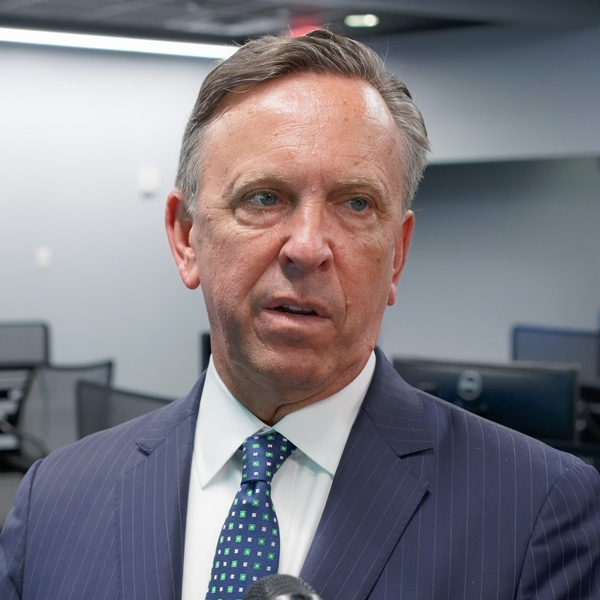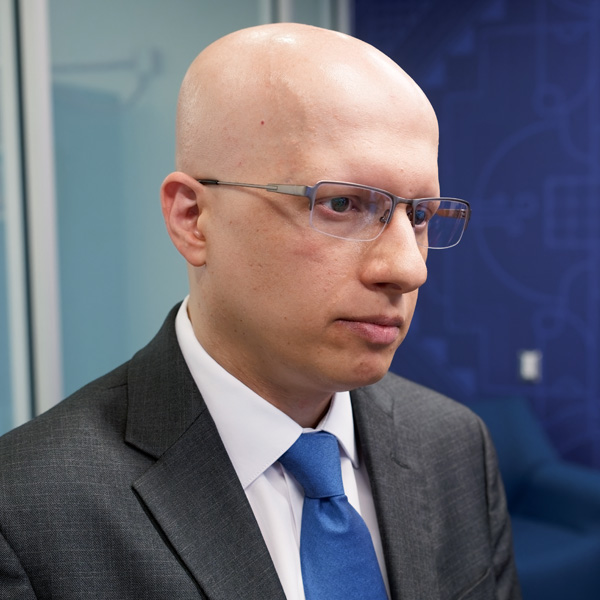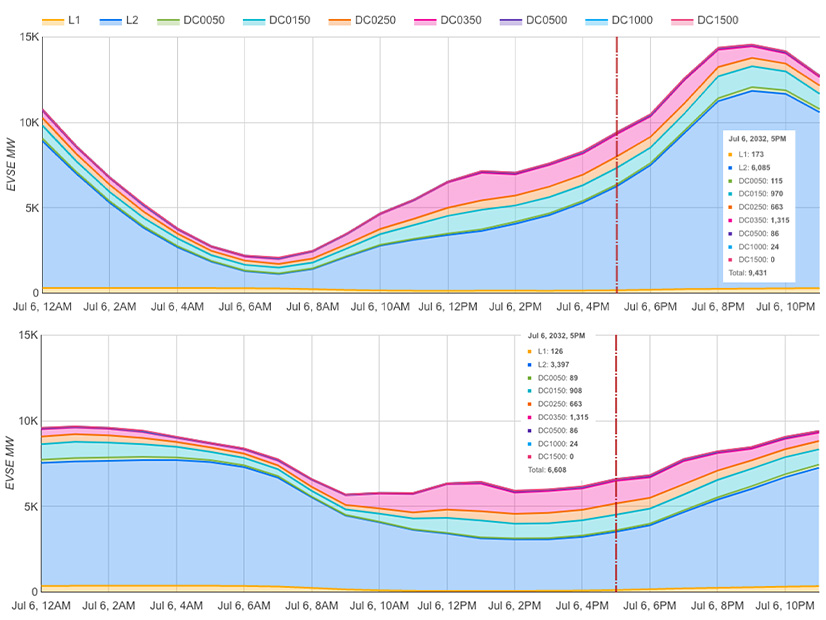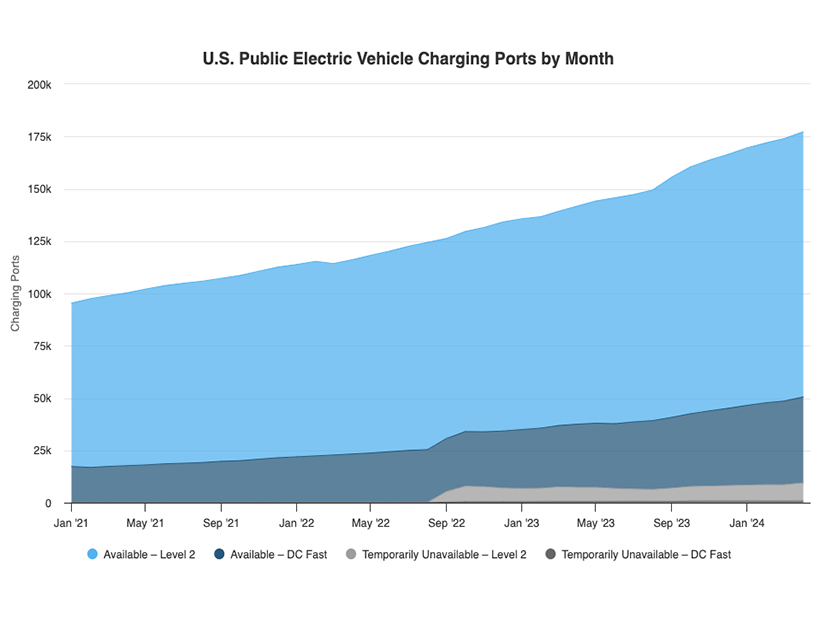MISO’s Independent Market Monitor continues to cast doubt on the theoretical benefits estimates of the second long-range transmission projects as the RTO intends to add more projects to the already $17 billion to $23 billion portfolio.
During a May 29 stakeholder workshop, IMM David Patton said MISO risks “substantially overstating” the benefits of its proposed, second long-range transmission plan (LRTP) portfolio.
“We think transmission investment is extremely important, but it’s also expensive. So, it’s important that the transmission investment be economic. … Overinvesting in transmission has adverse effects on the market,” Patton told stakeholders at the workshop.
MISO has not yet finalized the benefits it will use in the business case for the second LRTP portfolio, but it has signaled it will value decarbonization, reduced risks from extreme weather and the avoided costs of otherwise-necessary new capacity in addition to other, more traditional benefits. (See MISO to Present Final, $20B 2nd LRTP Portfolio in September.)
Patton said MISO is on track to confer outsized benefits on its second LRTP portfolio because it doesn’t consider how the market would influence generation additions without the LRTP projects. He said it’s “not valid” for MISO to presume it will need more capacity in aggregate if it doesn’t build the second portfolio.
Patton recommended MISO “eliminate altogether or fundamentally change” its proposed LRTP benefit derived from the avoided costs of adding capacity that otherwise would be necessary without the lines.
“There is little basis to assume that transmission will affect MISO’s capacity requirements,” he said.
Patton said absent major transmission, markets will facilitate the construction of generation to meet reserve requirements in areas where it’s more easily deliverable to load. He also said MISO isn’t optimizing its hypothetical generation siting in its transmission planning and that MISO’s zonal capacity needs would shift depending on whether LRTP lines are built. He said it’s worth MISO’s time to explore an alternative siting of future resources and simulate market responses without a second LRTP portfolio.
“We can’t ignore those changes,” he said.
For instance, Patton said MISO should factor in plans to restart Michigan’s Palisades Nuclear Plant in its modeling.
“I just can’t see us not adjusting in the benefits analysis for those sorts of known” developments, Patton said.
Patton also said MISO underestimates how additions of storage assets can mitigate some transmission congestion and chip away at the perceived congestion savings of LRTP lines.
“Storage is really, really good at alleviating congestion due to transitory peaks,” he said.
He also said MISO shouldn’t consider placing its own value on decarbonization because it’s already “baked into” the government’s production tax credits.
“I really don’t think it’s MISO’s place to speculate on what the value of carbon is,” he said.
Patton also said it’s not appropriate to calculate potential voltage problems without LRTP lines using the cost of load shed. He said no RTO resorts to load shedding when faced with voltage issues. MISO would be better served by calculating the cost of equipment to correct voltage issues, he said.
Finally, Patton took issue with MISO attempting to quantify transmission’s role in reducing extreme weather risks to the grid, calling it “one of the most uncertain and speculative benefits.” He said MISO should use a lower, more realistic probability of extreme weather events occurring in the footprint.
Sustainable FERC Project Attorney Lauren Azar countered that unlike transmission built on 10- to 15-year timelines, markets stimulate only near-term investments.
Azar said if MISO followed Patton’s recommendations, it would be ignoring FERC’s recent Order 1920 to engage in long-term, scenario-based transmission planning.
“I challenge your fundamental assumption that markets are the best driver of new lines,” Azar said. “I would caution MISO to follow your advice.”
Azar said avoiding congestion is just one benefit of new transmission infrastructure, not the primary aim.
Patton insisted he isn’t advocating for anything beyond appropriate customer costs for transmission expansion.
Patton for months also has criticized MISO’s second transmission planning future as unrealistic. (See MISO Shelves IMM’s Transmission Planning Recommendation in State of the Market Report.) The second LRTP portfolio is based on that 20-year scenario, which predicts that by 2042, MISO will manage 466 GW of installed capacity, have a 145-GW peak load that occurs in January rather than July and have overseen 103 GW in generation retirements. It also expects its fleet will emit 96% less carbon pollution than it did in 2005.
MISO Undeterred, Plans More LRTP Projects
Meanwhile, MISO likely will fill in its second LRTP portfolio with more projects than it originally proposed in its draft plan.
MISO’s Jeanna Furnish said MISO has been evaluating alternatives and additional projects to its indicative map of transmission solutions under the second LRTP portfolio. She said MISO is poised to make seven additions of 765- or 345-kV projects in the Dakotas, Minnesota, Michigan, Indiana and Iowa and replace an original 765-kV project in Missouri and Iowa with segments of 345-kV line in the St. Louis metropolitan area.
Furnish said MISO tested 47 of nearly 100 project alternatives suggested by stakeholders. MISO turned to stakeholders for more ideas after it revealed its draft plan in March.
“The feedback we got is that we need to take a bigger step,” Executive Director of Transmission Planning Laura Rauch said. “It’s that guidance that helped us look at a bigger Tranche 2 portfolio than we originally envisioned.”
American Transmission Co.’s Tom Dagenais thanked MISO for taking suggestions and being open to expanding the portfolio.
Furnish said while “initial ideas were good,” MISO sought to improve the reliability and economic performance of the second LRTP portfolio. MISO said its lone replacement proposal for lower-voltage projects in St. Louis would provide congestion relief while increasing interstate transfers. It also said it could revisit the possibility of a continuous 765-kV line spanning Missouri and Iowa in the future.
MISO planners didn’t address Patton’s critiques during the workshop.
Later, in an emailed statement to RTO Insider, MISO said it “appreciates Dr. Patton’s report and will continue working on LRTP solutions through our stakeholder process.” The RTO did not say whether it plans to address Patton’s recommendation to axe certain benefit metrics.




